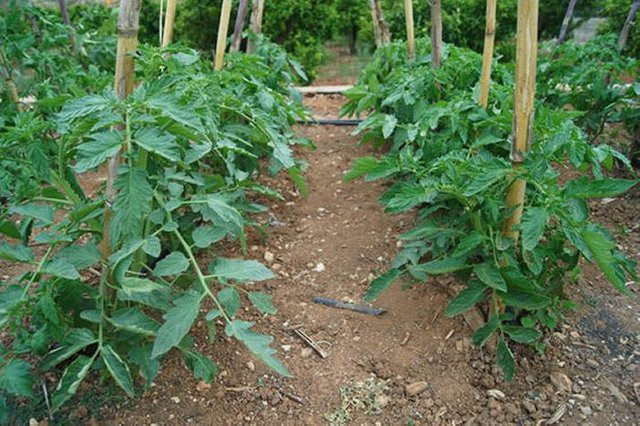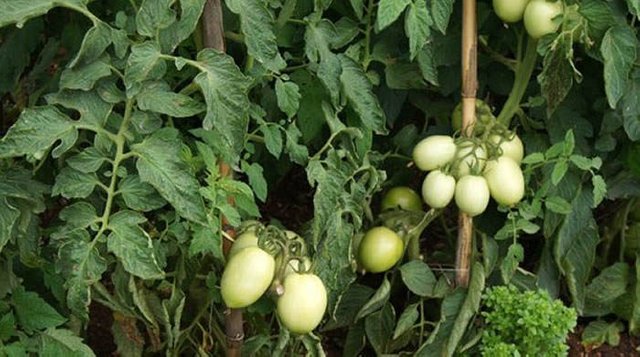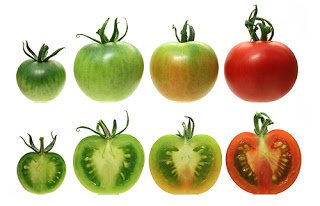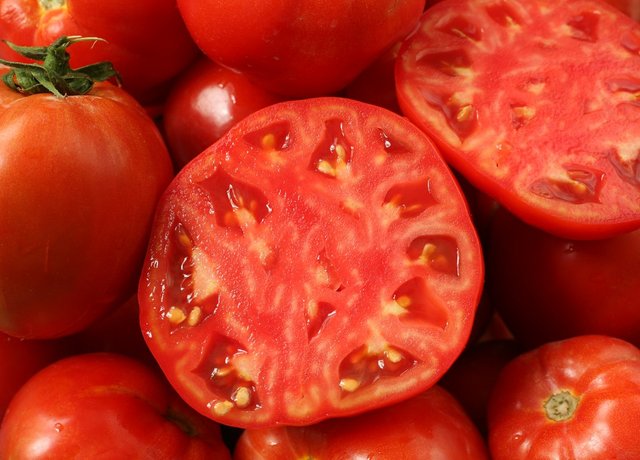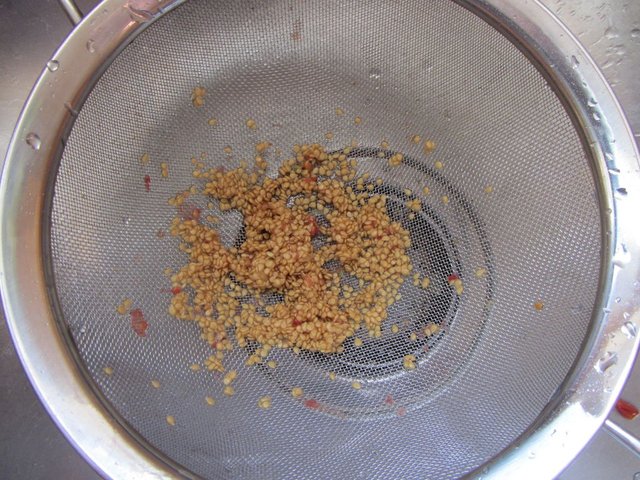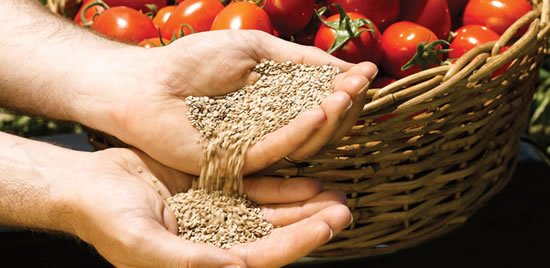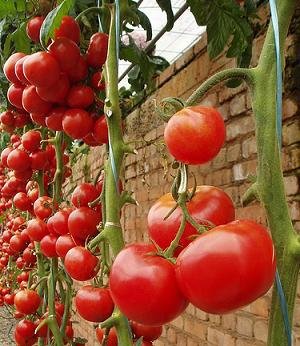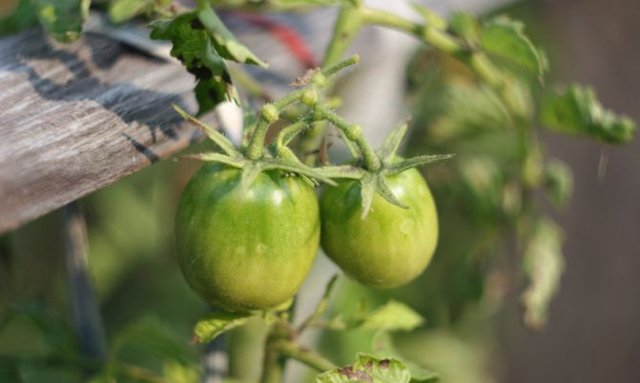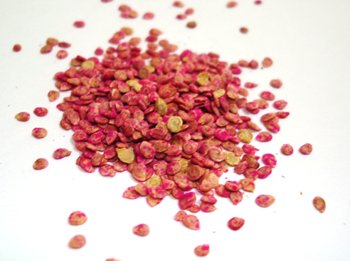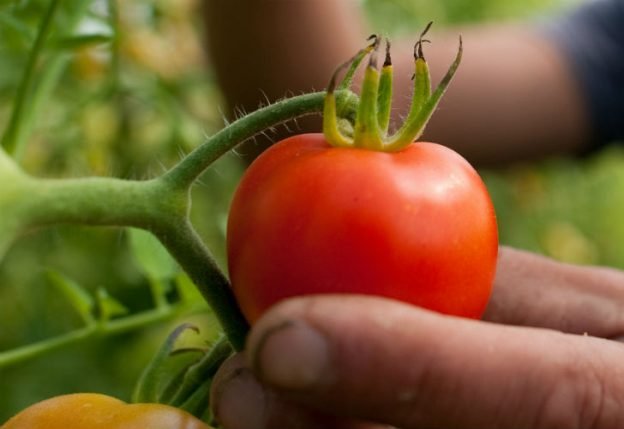STEEMCHURCH TUESDAY: FARMS - CULTIVATION OF TOMATOES IN 5 SIMPLE STEPS!
While it is true that tomato is the favorite of many is a plant of great care and planting to be able to have an ideal fruit, this article I want to share a few simple steps to achieve a good harvest, I send many thanks to our friends @farms @abiye for the constant support they give to this great platform.
The cultivation of Tomato Seeds is a discipline widely practiced by farmers around the world. This seed is well known also with the scientific name of Lycopersicum Esculentum and belongs to the Solanacea family. In general, its fruits are harvested green for human consumption and has a very prominent place in the line of vegetables.
This is mainly due to the fact that it is used to make tomato paste to be added to different culinary dishes because of its good flavor and the unique taste that identifies it. In order that this sweetness can be enjoyed and the fruit of the tomato can be materialized, certain important procedures are required for its production.
How to Plant Tomato Seeds?
Do you want to plant some Tomato Seeds? You can use some healthy tomatoes that you have on hand in your kitchen and this will suffice for you to grow a few plants in your garden. All you have to do is study the sowing process to know how to grow the tomatoes, whether you use your own seed or buy it.
Step No. 1. Choose Your Method.
- You can buy the seeds from a reliable distributor.
One option is to buy it in a seed bank, in a plant store as a nursery or if someone you know has, ask for them.
- Dry The Seeds Of A Tomato.
From the tomato fruit you have in your home you can get your own seed, and then from it get your own plant. Take the seeds out of a tomato and put them to dry to try to eliminate as much moisture as possible before planting them.
- Choose a variety.
There are thousands of varieties of tomato seeds that exist, choose the one of your preference.
Step # 2. Ferment Your Own Tomato Seeds.
- Cut Tomatoes In Half And Pour The Fruit Into A Plastic Container. It is better to have a container with a slightly loose lid to cover the pulp. It is likely that a layer of mold appears on the seeds and this should be avoided, as this process may favor the appearance of certain diseases that will then be passed on to new generations of plants.
You must label the container. If you ferment different types of seeds, it is best to label the containers with all the information of each of the Tomato Seeds in fermentation. Place the lid on the container without sealing it to make the oxygen interact with the pulp.
Locate The Pulp In A Warm Place, Away From Direct Sunlight. The fermentation itself does not have a very pleasant smell, so you should try to place it in a place where it does not get in the way.
Shake the Container until a layer of mold is created on top of the surface. Usually it takes about two or three days to appear. You must make sure to harvest the Tomato Seeds shortly after the formation of the mold so that the seeds do not germinate inside the container.
The Harvest Of The Seeds. The harvest should be done with gloves, remove the mold layer. It is likely that the seeds have gone to the bottom of the container.
Add Water Inside The Container To Soften The Mix. Allow the seeds to settle to the bottom and keep rinsing everything that is not seeds. Do not waste seeds doing this procedure.
Seal All The Seeds With The Help Of A Strainer And Wash Them Well.
Sprinkle the tomato seeds on a surface that is not sticky so they can be dried for a few days.
The most ideal is a ceramic plate, a window or any other surface that you can use. If you use cloth or paper, then removing the seeds when they are already dry will be more complicated. When they are dry, store them in a plastic bag until you are going to plant them. Write on the bag the type of seeds they are.
- Store the Seeds in a Dark, Fresh Place.
You can also put them in a ventilated container like inside a refrigerator to simulate a bit the winter weather, but be careful, do not think about putting them in the fridge because you will damage them.
Step No. 3. Plant your seeds.
- Start With The Plants Between Six And Eight Weeks Before The Last Frost. Prepare the plant before transplanting, start with seedlings while the outside is still fresh, because in the spring the cool temperatures can stop the growth or even kill the plants. Start with the seeds indoors so that growth is assured.
Invest in Buying Small Pots to Create Your Plants. The pots can be bought in any nursery.
The pots fill them with a mixture of fertilized soil.
Submerge The Seed On Earth. Dip or bury between two and three tomato seeds to a depth of one centimeter and then cover it with a little soil.
Leave Containers in a Room with a Temperature of Approximately 20 ° C. When Tomato Seeds germinate, place them in the sun or under growing lights.
Water With A Little Water Seeds In The First Seven To Ten Days. When the seeds start to sprout, you can start watering them less often, because many plants can die if they have too much water because they rot the roots. So water them moderately after they sprout.
Examine the pots every day. When the plants have broken the earth, their growth will be rapid.
Step No. 4. Transplant.
Check that Your Plants Have Grown At Least 20 Cm.
Prepare the Plants. Approximately one week before transplanting you will need to progressively accustom the plant to the temperatures that are handled outside the plateau. Initially for a few hours, place the plants in a place where they have shade so that they can shelter.
Prepare the Garden Sector Very Well Where You Will Plant. To plant them, the best thing is a soil that is well drained and with enough organic material. You can add a peat to the ground to improve drainage. Although the peat can absorb between ten and twenty times its weight in water, it is considered harmful to the environment and is a bit expensive. If you are worried about the effects of the peat, it is better that you try to make a raised bed with two tables of cedar wood, because it does not rot with the passage of time.
Examine the PH Level of the Soil.
The optimum pH for the development of the item under study is between 6 and 7. If the pH level is less than 6, it enriches the soil using acid compost or organic fertilizer. If the pH is more than 7, mix some granulated sulfur and reduce the pH level.
- Open a hole about 60 cm deep.
This hole must be deep enough so that you can plant your seedlings in such a way that only a quarter of the plant leaves the ground. Add a layer of compost to the bottom of the pit so that this plant has extra energy and so moderate the effect that the plant will have when transplanted.
Carefully remove the plants from the containers and place them in the soil. You must try to keep the roots intact when transplanting. Place the plant at a height that the earth can reach the first leaves of the plant. Hit a little caking the earth around the plant.
Optionally you can fertilize the Earth with food for fish, fertilizer for chickens, mixtures low in nitrogen and high in phosphorus, water enough. You can repeat this fertilization process once a year.
Locate Guides Next to Plants. The guides will help them grow easily and it will be easier for you to harvest the tomatoes. Be careful to damage the roots when placing the guides.
Step No. 5. Care Of Tomato Plants.
Water the Plants Periodically.
Remove the plants from the plants. If you want to generate optimum growth, eliminate the shoots of the plant so that its energy does not diversify. Most of all the shoots you will find on the main stem. You can leave only some.
- The Harvest Of The Fruit Should Be At The Highest Moment. About 60 days after being transplanted, tomatoes can be harvested. Once the plants begin to mature, you must control them daily. To harvest them, instead of pulling the tomato, it is better to turn it gently.


